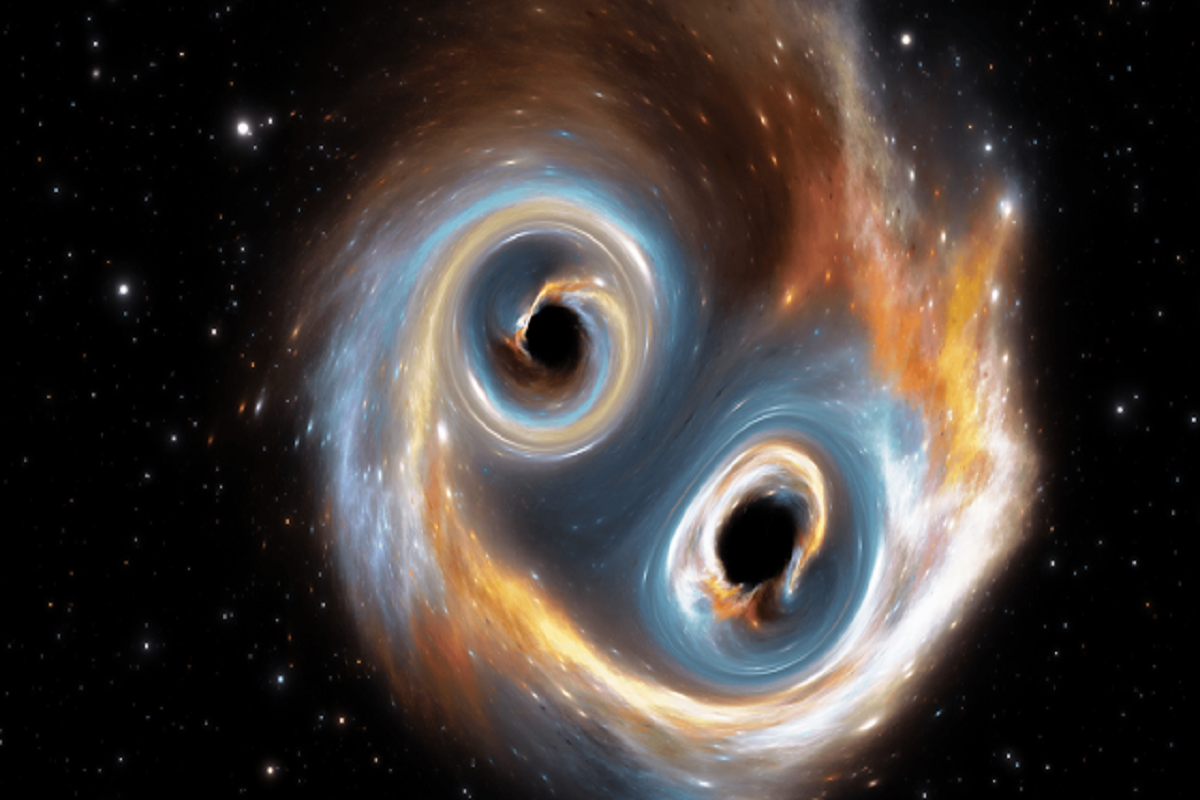Scientists have made a new discovery in the field of astrophysics. They found evidence of a phenomenon called relativistic precession in the orbits of two colliding black holes. This phenomenon was first predicted by Albert Einstein in his theory of relativity, published in 1905. It is said that the system of space and time can be disrupted by massive objects like black holes.

Gravitational waves were first detected in 2015. As a result, scientists have the opportunity to study the past events of the universe. When two black holes collide, a huge amount of energy is released.
It is possible to detect the frequency of all gravitational waves on Earth using special instruments called interferometers. This is how a gravitational wave signal was detected in 2020. At the time the two-matter black hole collision event was named GW200129.
Scientists at Cardiff University studied the signal to find out what the black hole’s spin state was before the collision event and what its relative progress was.
The progression observed in the GW200129 system is 10 times stronger than previous progressions. This discovery well supports Einstein’s theory of relativity. Einstein’s theory of relativity is one of the most powerful physical theories ever developed.
The ability to detect such phenomena using gravitational waves is a major breakthrough in physics. Data analysis techniques and collaboration between the LIGO, Virgo, and KAGRA interferometers are enabling scientists to obtain more precise data.
These instruments are currently under maintenance and will start collecting data again in 2023. Scientists are trying to detect new phenomena using waves in space. The study of gravitational waves opened a new horizon in physics.
